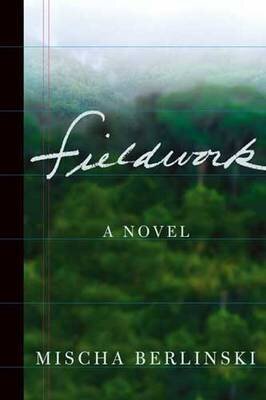Of Monkey Bridges and Banh Mi Sandwiches by Oanh Ngo Usadi (O&O Press)
When Oanh Ngo Usadi and her siblings talked about winning the lottery, their father told them “We already won the lottery by being here in America.” He was a man who had lost his successful businesses and his Saigon home after Vietnam was reunified, who took his family to live in the countryside and then got them on a boat to another country. “Turning back is not an option,” he told his family and they never have.
When Saigon fell, Oanh’s father said, “This is our home. We’re staying here.” Even when he was forced to take them to live as peasants in a rural province, this man gave his children the gift of appreciating what they had--a taste of the first durian produced by their orchard, the color and fragrance of the blossoming trees, the celebration of Tet. But he was foresighted enough to bring gold and jewelry that would ensure safety in the future, stitched into the clothing that his children wore when they left Saigon.
Oanh and her brothers learned to use an outdoor privy, to think of wilted banana leaves as toilet paper, to cross bridges made of logs that were tied together with vines, “monkey bridges,” called that name because using them made people stoop like monkeys. They learned never to waste rice and to listen for interlopers when their father used a forbidden radio to hear news from broadcasts of Voice of America.
After being held at gunpoint by an envious neighbor and nearly killed when robbers came to steal the community’s supply of valuable fertilizer, Oanh’s father realized it was time to leave Vietnam. On a small fishing boat crowded with almost 160 people, engulfed in the odors of “sweat, vomit, urine, the sea,” after three days of “misery and boredom,” he brought his family to a holding site in Malaysia and eventually to the United States.
In Port Arthur, Texas, Oanh took on a new importance when she picked up English more easily than her parents. She was the one who took the rent each month to the curmudgeonly landlord and told him about any needed repairs. She was the one to successfully plead her own case when the school she attended tried to demote her from 5th to 3rd grade. Within three years she no longer needed ESL classes and she had learned how to stand up for herself.
Her parents found jobs in a relative’s bakery but her father had dreams of going into business for himself with a banh mi sandwich shop. “I’m going to give McDonald’s a run for its money,” he told his family and when he brought his dream to life, it was a family affair into which everybody poured their energy .
His other ambition was that his children go to college and that he would pay for it. Oanh’s older siblings began to study SAT handbooks and when Oanh explored the books for herself, she “fell in love with English.”
“In a land of immigrants, a sense of belonging was possible. It just needed time,” she wrote in an essay before leaving for Rice University. Time was what her father gave her--a life of possibility and accomplishment.
A book that carries hope and fulfilled dreams, Oanh’s memoir is a tribute to a man who refused to turn back and who instilled persistence and ambition in his children. More than ever, Of Monkey Bridges and Banh Mi Sandwiches is essential reading for us all.~Janet Brown








